Five Specialty Optometry Practices That Can Help You Grow Your Business
As an optometrist, expanding your practice by incorporating specialty services can significantly enhance your business growth and patient retention.

As an optometrist, expanding your practice by incorporating specialty services can significantly enhance your business growth and patient retention. Specialising in niche areas allows you to meet diverse patient needs, position yourself as an expert, and attract new patients who require specific care. Here are five specialty optometry practices that can help you grow your business: Vision Therapy, Myopia Management, Low Vision, Specialty Contact Lenses, and Dry Eye Management.
1. Vision Therapy
What is Vision Therapy?
Vision therapy is a personalized program designed to improve visual skills and processing. It involves exercises and activities aimed at correcting vision problems that cannot be addressed with glasses or contact lenses alone. Vision therapy is often used to treat conditions such as amblyopia (lazy eye), strabismus (crossed eyes), binocular vision dysfunction, and convergence insufficiency.
Benefits of Offering Vision Therapy
- Diverse Patient Base: Vision therapy is beneficial for children and adults alike, providing an opportunity to serve a broad patient demographic.
- Increased Referrals: Paediatricians, neurologists, and educators frequently refer patients for vision therapy, boosting your referral network.
- Patient Retention: Vision therapy programs require multiple sessions over several weeks or months, ensuring repeat visits and long-term patient engagement.
- Specialized Expertise: Positioning yourself as a vision therapy specialist differentiates your practice from general optometry services.
Implementing Vision Therapy
- Training and Certification: Pursue additional training and certification in vision therapy to ensure you provide high-quality care.
- Equipment Investment: Equip your practice with tools and software needed for vision therapy, such as prisms, filters, and interactive vision therapy software.
- Marketing: Promote your vision therapy services through local schools, pediatric clinics, and online platforms to raise awareness.
2. Myopia Management
What is Myopia Management?
Myopia, or nearsightedness, is a common vision problem where distant objects appear blurry. Myopia management aims to slow the progression of myopia in children and teenagers, reducing the risk of severe myopia-related complications later in life. Treatment options include orthokeratology (ortho-k) lenses, multifocal contact lenses, myopia control spectacles and atropine eye drops.
Benefits of Offering Myopia Management
- Growing Demand: The prevalence of myopia is increasing globally, leading to a rising demand for myopia management services.
- Preventative Care: Offering myopia management positions your practice as a proactive provider focused on long-term eye health.
- Repeat Visits: Myopia management requires regular monitoring and adjustments, encouraging ongoing patient visits.
- Parental Engagement: Parents are highly motivated to seek the best care for their children's vision, leading to increased trust and loyalty.
Implementing Myopia Management
- Specialised Training: Obtain training in myopia management techniques and stay updated on the latest research and developments.
- Patient Education: Educate parents and young patients about the importance of myopia management and available treatment options.
- Collaborative Care: Work closely with pediatricians and ophthalmologists to ensure comprehensive care for myopic patients.
3. Low Vision
What is Low Vision?
Low vision refers to significant visual impairment that cannot be fully corrected with standard glasses, contact lenses, medication, or surgery. Low vision services aim to help patients maximize their remaining vision and maintain independence. This includes the use of specialized devices, magnifiers, adaptive technologies, and personalized rehabilitation programs.
Benefits of Offering Low Vision Services
- Unmet Need: Many patients with low vision are underserved and require specialised care, creating an opportunity to fill this gap.
- Enhanced Reputation: Offering low vision services can enhance your reputation as a comprehensive eye care provider.
- Partnerships: Establish partnerships with local organizations and rehabilitation centers to expand your referral network.
- Improved Quality of Life: Helping patients with low vision improves their quality of life, leading to high patient satisfaction and loyalty.
Implementing Low Vision Services
- Advanced Training: Pursue training in low vision care and rehabilitation to effectively address the needs of these patients.
- Specialised Equipment: Invest in low vision aids, such as magnifiers, telescopic glasses, and electronic reading devices.
- Patient-Centered Approach: Develop personalized rehabilitation plans that cater to each patient's specific needs and lifestyle.
4. Specialty Contact Lenses
What are Specialty Contact Lenses?
Specialty contact lenses are designed to address specific vision conditions that standard lenses cannot correct. This includes lenses for keratoconus, severe dry eyes, irregular corneas, and post-surgical complications. Types of specialty lenses include scleral lenses, gas permeable (GP) lenses, and hybrid lenses.
Benefits of Offering Specialty Contact Lenses
- Niche Market: Specialty lenses cater to patients with unique needs, allowing you to serve a niche market.
- Patient Satisfaction: Patients who have struggled with vision correction often experience significant improvement with specialty lenses, leading to high satisfaction and loyalty.
- Increased Revenue: Specialty lenses often come with higher profit margins compared to standard lenses.
- Clinical Expertise: Developing expertise in fitting specialty lenses enhances your clinical skills and practice reputation.
Implementing Specialty Contact Lenses
- Comprehensive Training: Gain expertise in fitting and managing specialty contact lenses through specialized training programs.
- Advanced Fitting Tools: Equip your practice with advanced diagnostic tools, such as corneal topographers and optical coherence tomography (OCT) devices, to ensure precise fittings.
- Patient Education: Educate patients on the benefits and care of specialty contact lenses to ensure compliance and satisfaction.
5. Dry Eye Management
What is Dry Eye Management?
Dry eye disease is a common condition where the eyes do not produce enough tears or the tears evaporate too quickly. Dry eye management involves diagnosing the underlying causes and providing treatments such as artificial tears, prescription medications, punctal plugs, and lifestyle modifications.
Benefits of Offering Dry Eye Management
- High Prevalence: Dry eye disease affects a significant portion of the population, ensuring a steady demand for management services.
- Patient Comfort: Effective dry eye treatment significantly improves patient comfort and quality of life, fostering loyalty.
- Differentiation: Specializing in dry eye management differentiates your practice from general optometry services.
- Ongoing Care: Dry eye management often requires ongoing monitoring and treatment adjustments, ensuring repeat patient visits.
Implementing Dry Eye Management
- Diagnostic Tools: Invest in diagnostic tools such as tear film osmometers, meibography devices, and ocular surface analyzers to accurately diagnose and monitor dry eye disease.
- Treatment Options: Offer a range of treatment options tailored to the severity and cause of the patient's dry eye condition.
- Patient Education: Educate patients on the importance of dry eye management and how to care for their eyes at home.
Conclusion
Incorporating specialty services such as Vision Therapy, Myopia Management, Low Vision, Specialty Contact Lenses, and Dry Eye Management can significantly enhance the growth and success of your optometry practice. These specialties not only meet diverse patient needs but also position your practice as a leader in comprehensive eye care. By investing in specialized training, advanced equipment, and patient education, you can attract new patients, retain existing ones, and differentiate your practice in a competitive market.
Embracing these specialties requires dedication and continuous learning, but the rewards in terms of patient satisfaction, loyalty, and practice growth are well worth the effort. Take the step towards expanding your services and watch your optometry practice thrive in the ever-evolving landscape of eye care.
ASIRA is a simple and secure, cloud-based software tool, built BY optometrists FOR optometrists, that helps eye care professionals reduce the time and effort required to maintain clinical records, schedule appointments, generate bills, manage inventory and much more!
To find out more, visit www.asira.health and sign up for a 30-Day FREE TRIAL! If you're a new practice owner or a fresh graduate thinking of entrepreneurship, visit www.asira.health/optompreneur to learn how ASIRA can help reduce your costs and increase revenue.




